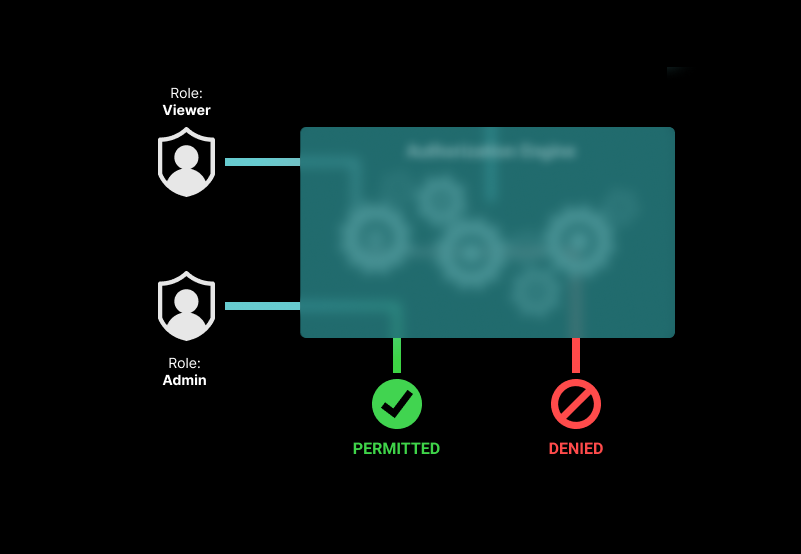Role-based Access Control (RBAC)

Overview
RBAC is one of the most common authorization models. In RBAC we define permissions for operations that a user can perform on a resource. Permissions are then grouped into roles which are then assigned to a subject (user, group, etc).
Example
Imagine a wiki. Users can create, view, edit or delete wiki pages, so the permissions would be view, edit, and delete. We can then map those permissions to viewer, editor, and admin roles. The table below indicates each role and the associated permissions.
| Role | Permissions |
|---|---|
| viewer | view |
| editor | view, edit |
| admin | view, edit, delete |
As you can see each role has one or more permissions, and we can now assign each user the appropriate roles. Notice the roles are global: for example, if you are an editor, you can edit all the wiki pages. For a wiki used by a small team, this may be fine; however, it probably won't work for a company-wide document system.
Pros and Cons
The table below indicates the pros and cons of using an RBAC model:
| Pro | Con |
|---|---|
| Easy to stand up | Doesn't scale, hard to manage as the system grows |
| Easy to reason about, modify, and audit | Can lead to role explosion |
| Great for applications with a small set of predefined roles and permissions | Not sufficient for complex systems needing fine-grained access management |